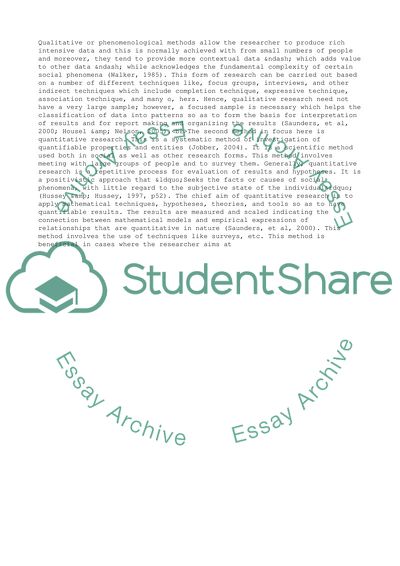Cite this document
(Research Methods for Business Dissertation Example | Topics and Well Written Essays - 3500 words, n.d.)
Research Methods for Business Dissertation Example | Topics and Well Written Essays - 3500 words. Retrieved from https://studentshare.org/business/1739764-research-design
Research Methods for Business Dissertation Example | Topics and Well Written Essays - 3500 words. Retrieved from https://studentshare.org/business/1739764-research-design
(Research Methods for Business Dissertation Example | Topics and Well Written Essays - 3500 Words)
Research Methods for Business Dissertation Example | Topics and Well Written Essays - 3500 Words. https://studentshare.org/business/1739764-research-design.
Research Methods for Business Dissertation Example | Topics and Well Written Essays - 3500 Words. https://studentshare.org/business/1739764-research-design.
“Research Methods for Business Dissertation Example | Topics and Well Written Essays - 3500 Words”, n.d. https://studentshare.org/business/1739764-research-design.


